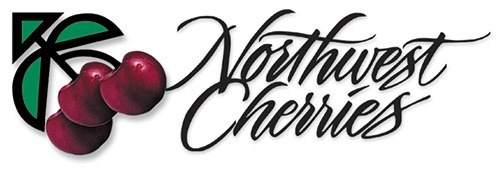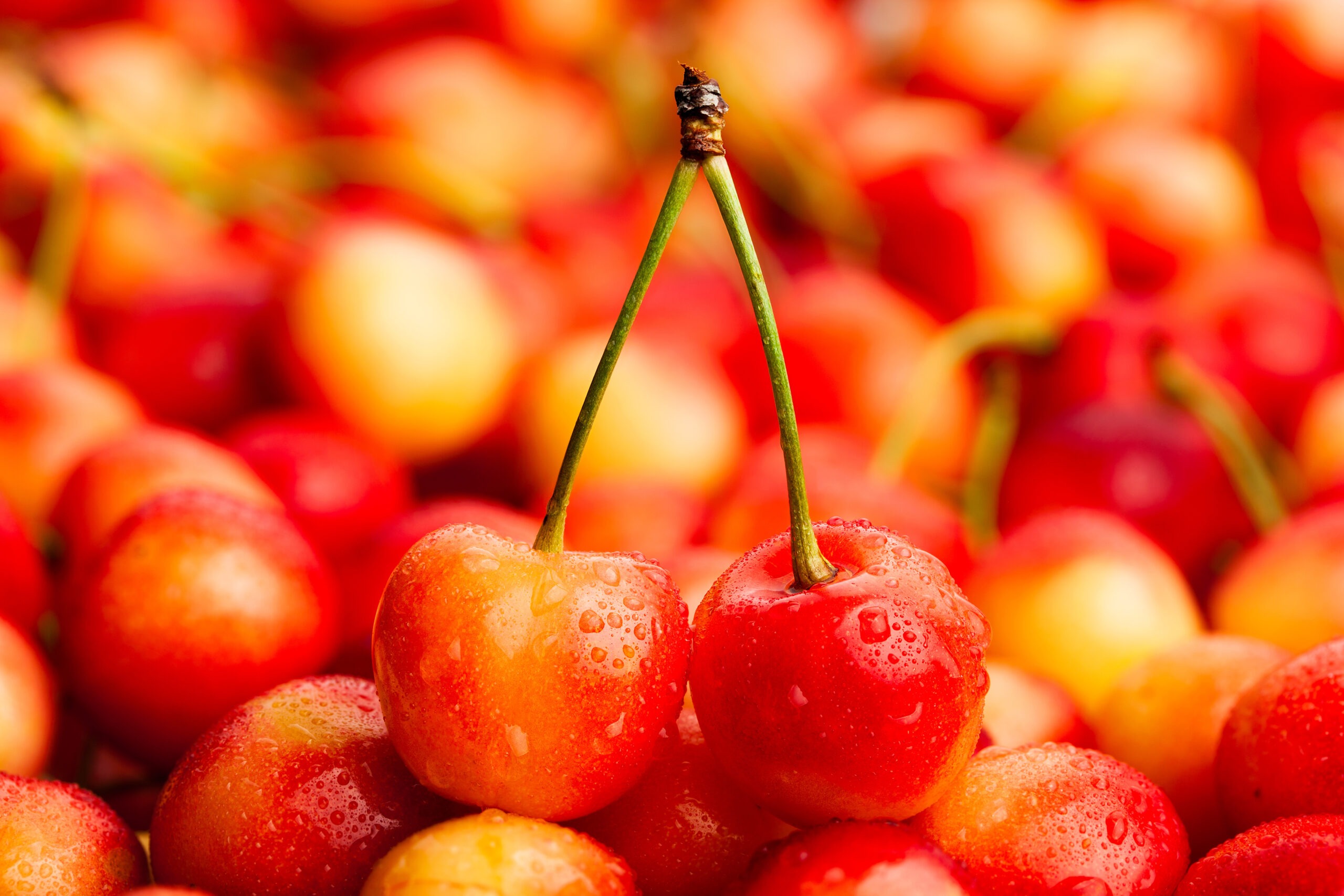
DOMESTIC MARKET REPORT
In 2022 the Northwest Cherry industry struggled to find the right fruit to send to the export markets. Even on a short crop, this presented challenges for the industry as we have all become accustomed to shipping at least 30% of the crop outside of the U.S. market. The domestic market carried the industry in 2022 where only 23% of the crop was exported and 77% of the crop stayed at home in the domestic Correspondingly, the team at the Northwest Cherry Growers uses cherry category research to align retailer promotions and consumer publicity programs that provide a surface upon which our industry can gain traction with their fruit. Each year presents a different scenario, and every grower deserves the same chance at success. We believe our year-round efforts to help set the table for a successful market have led to a multitude of increased domestic opportunities for the industry.
NORTH AMERICAN 2022 PROGRAM OVERVIEW
Certainly, the export market continues to be a critical part of our sales portfolio when it comes to both crop and dollar volume. Likewise, as the chart below depicts, the domestic market is the “blue collar” market for working through a large portion of our industry volume.
We knew going into the 2022 season that the crop was going to be shorter than we have seen relative to recent crops. The snow that fell on our blooming trees in April created havoc in the orchards and most growers came away thinking that they would be lucky to set half a crop. With the average crop now coming in around 21 million boxes … the 2022 crop did produce more than half of that total … but the 13.2 million 20 lb. boxes that we did pack accounted for 63% of what is now considered a “normal crop”. Growers in later districts were the few that can say they had close to a normal crop. As mentioned earlier, the 2022 crop was the shortest on record since 2008.
The 2022 season proved to be more of a push than a pull when it came to demand. This year ad activity over the 4th of July was down 49% from 2021. Likewise, we saw the highest ad prices ever in 2022. The chart below shows just how high those prices were across the season. As you can see, the average promoted price stayed above $5 per pound for a total of nine weeks of the season. Many retailers believe movement at retail drops dramatically at prices set at $5 per pound and higher.

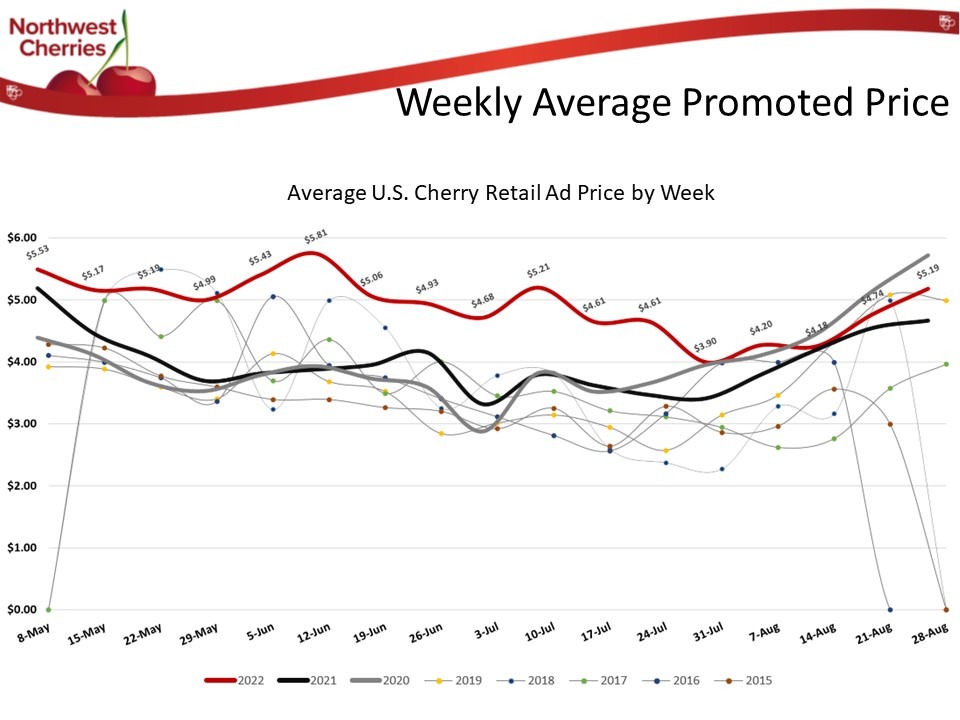

As always, the 4th of July holiday is critical to driving demand and retail sales volume in the middle of each season. This year, average ad prices of NW Cherries were up by 72% year over year. At the same time, ad prices for grapes, strawberries and blue berries were up 16%. This disparity was also a factor that resulted in slower sales movement of our cherries as many households readily substituted grapes and berries for cherries based on price.
If there is a positive that can be drawn from the short crop of 2022; it is that industry sales and marketing organizations did a good job of keeping the wholesale price up as total dollars driven by the cherry category only dropped by 6% in a year where crop volume was down by 37%.
THE RETAIL PROMOTION RESULTS FOR 2022
Each year our team here at the Northwest Cherry Growers sets up retail promotion programs with any retailer that holds more than 5 percent of market share in their respective markets. Generally, we are setting up programs with over 260 different retail groups each year. But as with our retail promotions inside a brick-and-mortar store, the message is most effective when delivered at the point of sale. Making that happen took many forms in 2022, including “shoppable ads,” where recipes on top sites link directly to the shopping cart, not just the list, of the consumer’s online grocery platform. From custom YouTube ads to promotions at grocery order pick-up locations, the NWCG worked to ease the situation and increase the success of both our growers and retail partners during what was another challenging season.
With the 2022 crop being down by 37% (13.2 million 20 lb. equivalent boxes) when compared to the 5-year average of 21 million boxes; the difference in crop size resulted in lower compliance from retailers to run sponsored NW Cherry ads and promotion events. However, a positive can be drawn in that ad activity picked up significantly in July and as the late ads came online … the demand for our quality July offerings increased. By the first week in August, the market movement increased and with that success, the domestic trade continued to promote through the first three weeks in August. As you can see from the chart above, the compliance in August was equal to that in the previous year. Likewise, the volume in August when comparing 2022 to 2021 was very similar.
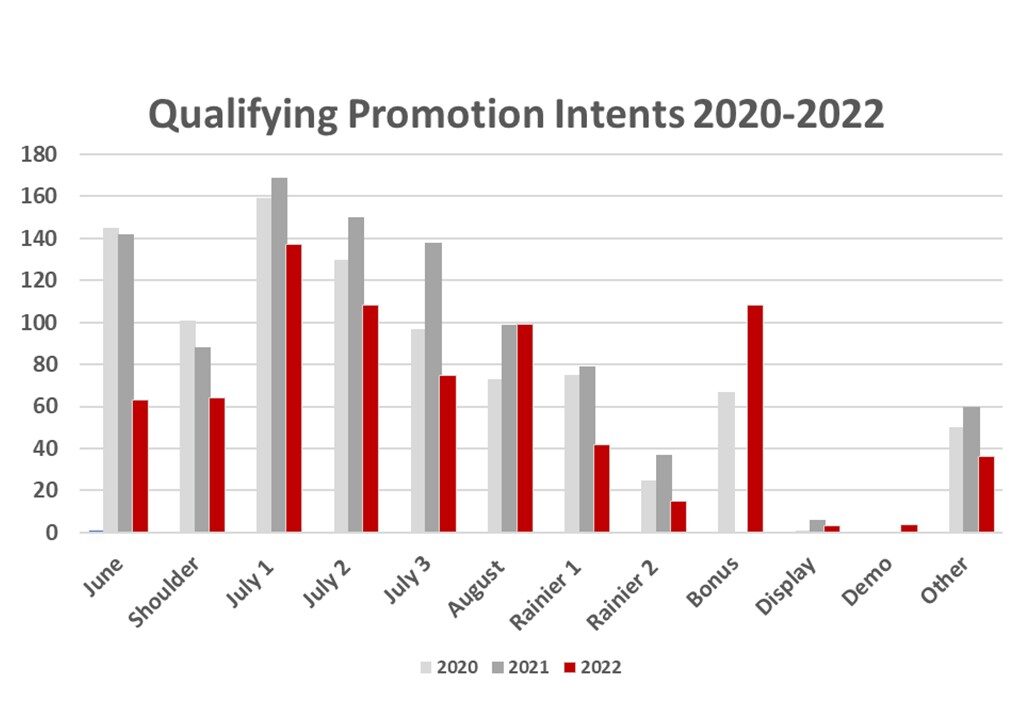
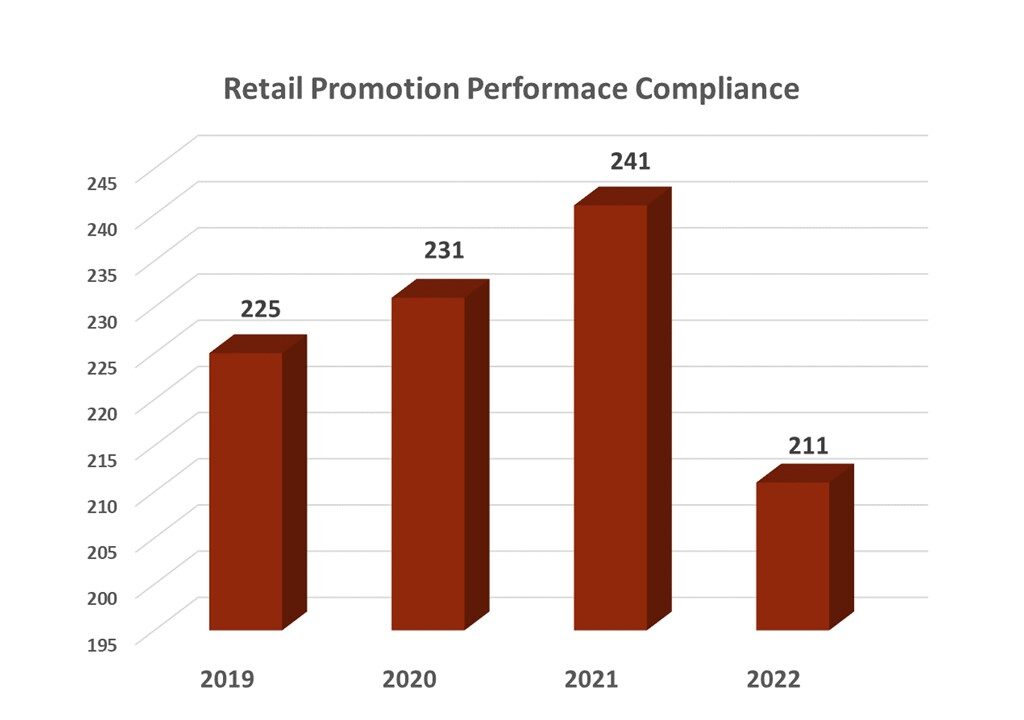
Despite the fact that the crop was down 37% year over year, ad activity on Northwest Cherries in 2022 was only down 12%. We always like to see more retail NW Cherry ads; the ads whether online or in the newspaper continue to drive consumers to the stores. Likewise, like our growers and their bud counts – the more buds the higher the opportunity to have a marketable crop, the more accounts we set up for promotions the more opportunity there is for extra sales and demand for our fruit. Retail ads drive sales and the momentum gained from promoting the fruit is critical in the successful marketing of each crop.
KEY FACTORS IMPACTING RETAIL IN 2022
The biggest issue in 2022 was the fact that we had the shortest crop since 2008. Whether we like it or not, there will always be members of the retail trade who don’t believe you can promote cherries when their retail price is over $5 per pound. While we were able to turn some of these opinions around in late July and August – the reality is that there is a perception that high price per pound cherries do entice consumers to the store like a hot cherry price does. As always, there were a number of positive factors and promotions that went into last season, but no season is without challenges, and last year was no exception. The effects of the short crop and the market are discussed thoroughly in the Manager’s Report, but it’s worth noting the impact it had on consumer shopping. As 70% of Northwest Cherry sales are made on impulse, cherries seek out that first position by the door to grab attention as shoppers enter.
We were anticipating higher retail costs going into the 2022 season. During the first summer of the pandemic, retailer margins were squeezed from both sides and category returns suffered. It followed suit that the 2022 pricing would reflect an increase to return to more traditional margins on top of the relative price increases in general. Front line pricing is one area where our organization and industry have the least control, but it certainly has a direct correlation with our success. Therefore, it’s imperative that we work to develop every aspect of value and benefit possible for our fruits to help influence that increasingly costly consumer decision at the shelf.
Even on a Short Crop Year the Retail Ads that were Run Domestically Were Key in Moving the Crop
Establishing the circular ad is key to establishing not only bigger displays but broader awareness as well. The USDA has repeatedly shown in their studies that what shows up in the ads is what shows up on America’s plates. That broad readership base makes ads the perfect opportunity to insert educational messages, especially if they add value to the product. Thanks to the years of research and promotion, there are a number of benefits that both resonate with consumers and fit easily into their ad plans.
Driving these bonuses has been a part of every meeting with retailers for over a decade, but with the increasing attention paid to healthy eating…both by consumers and retailers…we have begun to see declining resistance. In fact, thanks to the efforts of our regional representatives in keeping those approved phrases and reminders in front of the ad planners, we saw over 400 health mentions in the ads that were run in 2022.
This platform is a great way to not only educate consumers, but also help explain the additional benefits of consuming cherries at the point of purchase. More and more, the utility (a measure of satisfaction) of a produce item is considered as a part of the economic value. Consumers are eating more plants for their own health and that of the planet. Linking these desires with our approved messages of health at the point of purchase is perhaps the crux of our organization’s many efforts and programs.
Demos have been a mainstay of our promotions for years. When growers take such care to produce amazing fruit, then the parade of promotions should be led by product experience itself. However, although a few retailers had begun conducting in-person demos by the time our 2022 season started, it still seemed unlikely that most of the larger retailers would begin executing them in time. Program funds previously earmarked for demos were shifted to digital or often a form of store-level contest. Where opportunities existed for some sort of Point of Purchase education, we took it…be it a display stand like the one pictured above or a staffed informational-demo at Costco with no samples but a list of our health bullet points and the knowledge of where to find the cherries in hand. With so many things on a shoppers mind during the summer of 2022, we still sought to find ways to engage with them at the shelf even without the ability to share the cherries themselves.
Consumer Publicity Remains A Key Promotion Avenue for the Northwest Cherry Growers
Beyond the critical importance of retail-based advertising is the realm of direct consumer outreach. Again in 2022, the team at NW Cherry was able to influence a large swath of the North American audience to add Northwest Cherries to their daily lives during both the winter and summer months.
